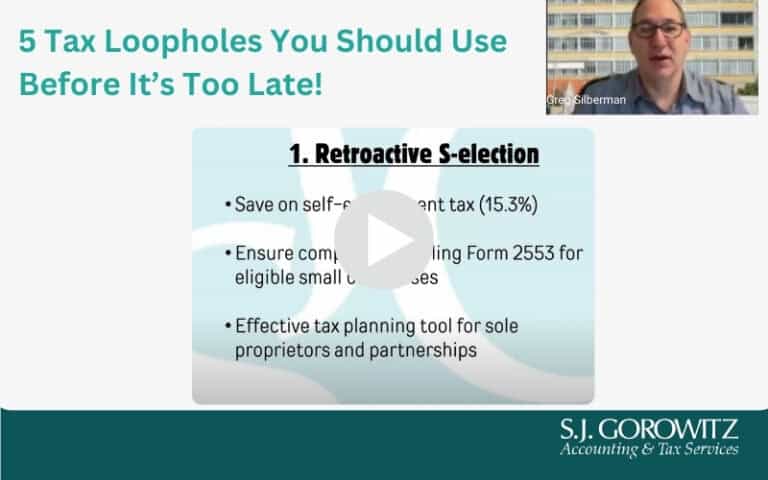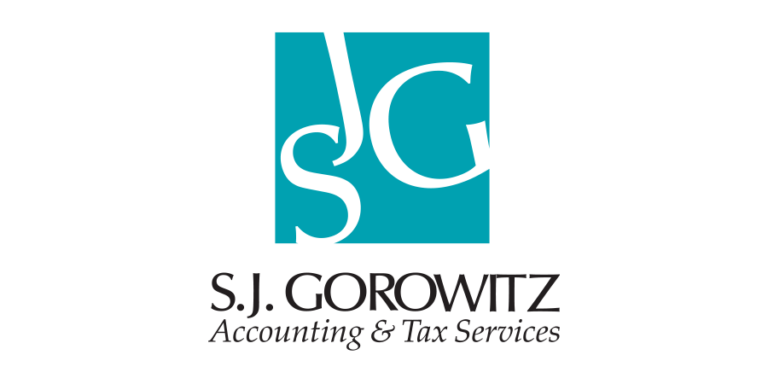
As we initiate our final article of this series, I want to congratulate those of you who have made a commitment to strive for operational improvement in paying attention to and completing the first four steps of our model:
- Creating Rules of the Game
- Developing a System for Capturing and Organizing Ideas
- Deciding and Prioritizing What Initiatives to Pursue
- Determining Who Owns the Process for Initiatives
The next step is to develop a methodology for measuring results. As CPAs, we love to measure everything and are extremely pleased when we can find that there is a measurable ROI (Return on Investment).
Calculating ROI is not always black and white and in order to be thorough, I’d like to encourage you to use several different ways to measure results:
- Begin by identifying whether the initiative was complete (Y or N?)
- Rank the success of each initiative on a Likert scale (1-10)
- Take note of specific results that can be measured, such as time saved, money saved or additions to the bottom line
- Also take note of results that may not have a direct financial impact or be easily quantified but are still noteworthy like implementation of process for reducing potential for errors or simply having delighted customers and/or the team
Measuring results will lead to further ideas for future initiatives or reprioritizing ideas that were previously relegated for completion in the future.
Striving for progress not perfection. Success demands taking the “Wash, Rinse, Repeat” approach to driving efficiencies as new ideas an initiatives will come up on an ongoing basis and should be considered every year in a continuous effort. Consultants embracing the Six Sigma methodology refer to this as Define-Measure-Analyze-Improve-and-Control (DMAIC). Lucky for you, with the outline we’ve provided above, you can dip into some of the value of Six Sigma methodology.
























